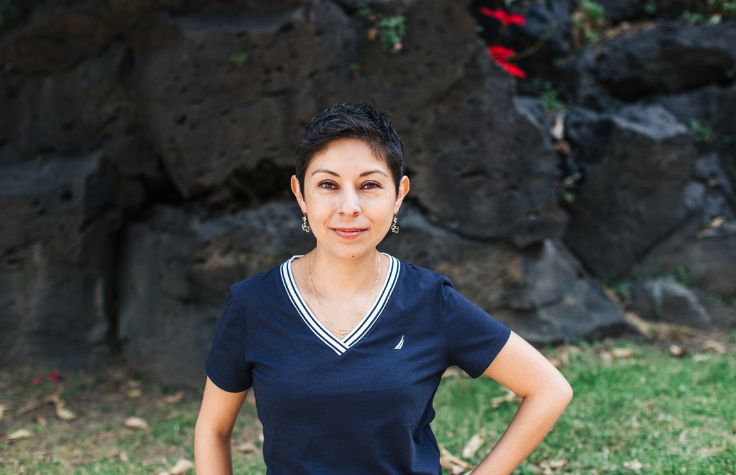
29 December 2016
In 2016, genomics brought us closer to the promise of precision medicine around the world. The year’s accomplishments are not only truly incredible, but they also reaffirm for me that we are at the very beginning of seeing the impact genomics will have. Here is my take on the year.
Population genomics takes off
Country after country embraced large-scale population sequencing to better understand the link between genetics and disease. Under these national programs hundreds of thousands of people are having their genomes sequenced in the next few years. The goal: to advance research and help develop better ways to diagnose and treat cancer, rare disease, and other conditions.
Genomics England – the program that started it all with its 100,000 Genomes Project – passed the 10,000 milestone and at last count had sequenced more than 16,000 samples from patients with cancer or rare inherited disease. The U.S. announced the Cancer Moonshot effort to accelerate cancer research, complementing the Precision Medicine Initiative that ultimately seeks to collect and evaluate samples from as many as 1 million volunteers. With strong bipartisan support, the 21st Century Cures Act became law this month, approving future funding for both the Precision Medicine Initiative ($1.4 billion) and the Cancer Moonshot ($1.8 billion).
China announced its own nearly $10 billion (over 15 years) precision medicine initiative, driven through grants to its healthcare system. France announced plans to invest 670 million Euros in a network of centers for rapid, high-throughput genome sequencing and analysis that will handle 235,000 genomes every year, starting in 2020. From Estonia to Saudi Arabia, a variety of countries also advanced their national programs.
More shared genomic data = better health
All of this sequencing generates massive amounts of genomic data. One way we will unlock the power of the genome is making sure we have enough data to understand more of its function. To do that we need data – a lot of it – that can be accessed by everyone.
The Broad Institute of MIT and Harvard understands the importance of sharing genomic data. The institute led a consortium that put 7.4 million genetic variants in the public domain. In the same spirit, at Illumina we contributed over 95,000 human genetic variants to ClinVar, a freely accessible, public database to help medical researchers and doctors use genomics to improve human health.
Big news in genomic breakthroughs
It was a year of firsts. Researchers sequenced the wheat genome to aid crop research and improve wheat production. Thanks to this technical and economic achievement, it is estimated that the development of a high-quality reference sequence map of the entire genetic makeup of this important crop is less than two years away. This information will allow scientists to identify genes responsible for traits such as yield, quality, and resistance to pests and drought.
With the birth of a baby boy in Mexico, we saw the first use of mitochondrial transfer therapies targeting pregnancies and in vitro fertilization cycles to help prevent very often fatal mitochondrial diseases. Meanwhile, Stephen Kingsmore, M.D., who runs Rady Children’s Institute for Genomic Medicine at Rady Children’s Hospital in San Diego, made the Guinness World Records for the fastest genetic diagnosis, after diagnosing critically ill newborns in just 26 hours.
In many ways, this is just a glimpse of the enormous potential of genomics. Over the next decade, Facebook founder Mark Zuckerberg and his wife, Priscilla Chan, have pledged $3 billion to fight disease. Through this gift, they are funding the San Francisco-based Chan Zuckerberg Biohub, which will use single-cell genetic sequencing and gene editing to help create a human cell atlas. Similarly, Sean Parker, the Napster co-founder and former Facebook executive, has established a cancer immunotherapy effort. With a $250 million donation, he is bringing together six academic centers to develop ways to use patients’ own immune systems to fight cancer.
Researchers continued to explore the ability of gene editing – which adds, deletes or replaces fragments of the genetic code – to potentially treat disease caused by genetic mutations. We saw the approval of the first two clinical trials that will use the CRISPR-Cas9 gene-editing technique in cancer immunotherapy – one that has already started in China, and another planned in the U.S.
Another big story was the launch of GRAIL, a new company Illumina formed to enable cancer screening from a simple blood test. Using very deep sequencing powered by our technology, GRAIL is developing a pan-cancer screening test with the hope of identifying early-stage cancer and dramatically improving people’s chances of survival.
All of this lays a strong foundation for genomics in 2017 and the years to come. Making high-throughput sequencing accessible will only increase the global impact we can have – from improving food security to helping couples have healthy babies, to bending the mortality curve of cancer. The number of lives we can touch is staggering. Genomics has the opportunity to profoundly improve human health, and I’m honored that the work we do at Illumina is making it possible.


